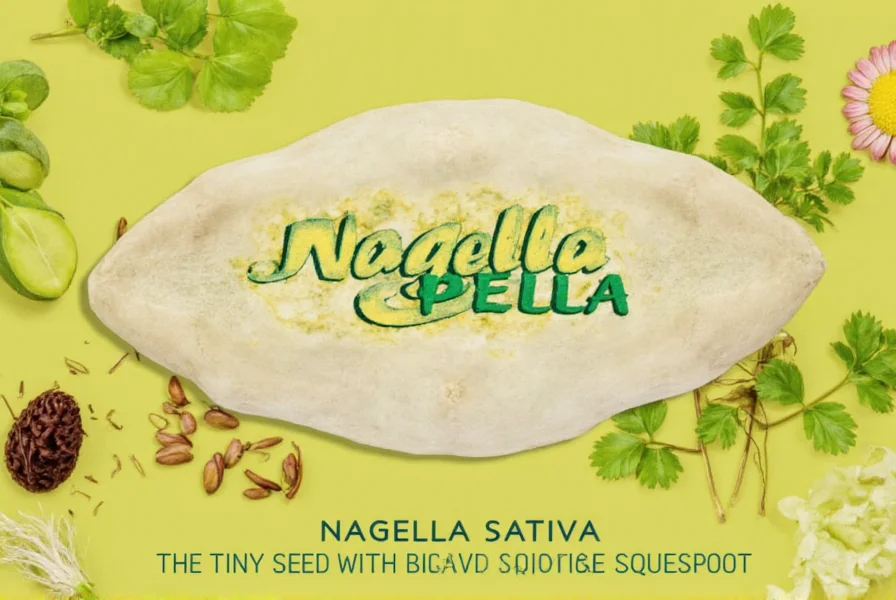
| Section | Link |
|---|---|
| Introduction to Nigella Sativa | Introduction |
| Flavor Profile & Culinary Uses | Flavor Profile |
| Health Benefits You Can't Ignore | Health Benefits |
| 5 Practical Cooking Tips | Cooking Tips |
| Buying Guide | Buying Guide |
| How to Grow Your Own | Growing Guide |
| Fun Facts & Trivia | Fun Facts |
| Frequently Asked Questions | FAQ |
| Conclusion | Conclusion |
Introduction to Nigella Sativa
If you've ever baked a loaf of naan or whipped up some Middle Eastern flatbreads, you might have noticed those mysterious little black seeds sprinkled on top. Those aren't just decorative — they're Nigella sativa, also known as black cumin, kalonji, or black seed.
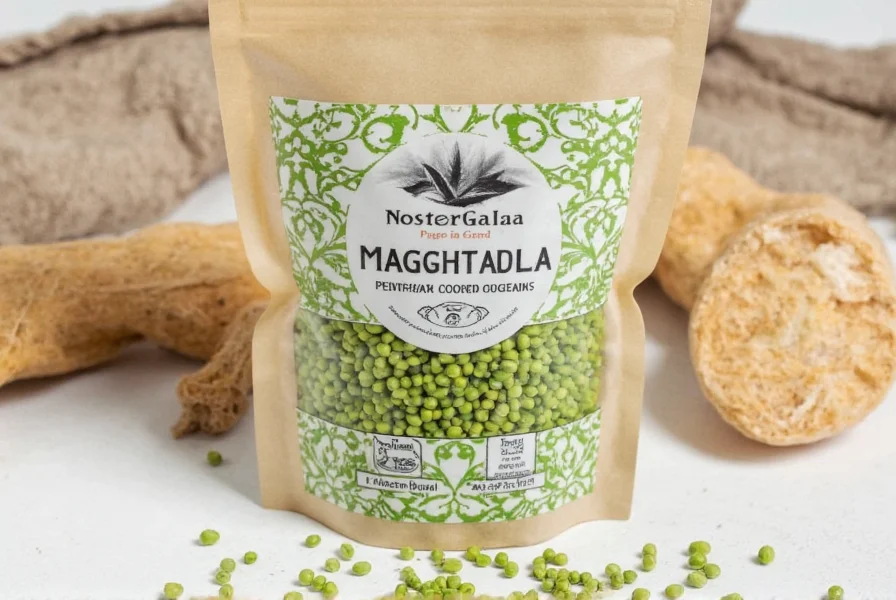
Native to South Asia and the Middle East, Nigella sativa is more than just a spice. It's a culinary staple, a natural remedy, and an aromatic powerhouse that deserves a spot in every spice rack.
Flavor Profile & Culinary Uses
The flavor of Nigella sativa is earthy, nutty, and slightly bitter — think of it as the introverted cousin of cumin who secretly writes poetry. When toasted, its aroma intensifies, offering hints of oregano and thyme with a whisper of pepper.
Common culinary uses include:
- Tempering in Indian pickles and dal dishes
- Topping for naan, parathas, and other breads
- Ingredient in spice blends like panch phoron
- Infused oils and dressings
| Use Case | Description |
|---|---|
| Bread Toppings | Sprinkle raw or lightly toasted seeds on dough before baking for a crunchy texture and rich flavor. |
| Curry Base | Heat oil, add whole seeds, and let them crackle before adding onions — a classic way to start many South Asian dishes. |
| Salad Oils | Infuse olive or sesame oil with Nigella sativa for a smoky, complex dressing base. |
Health Benefits You Can't Ignore
For centuries, Nigella sativa has been celebrated not only for its flavor but for its healing properties. Modern research supports many traditional claims about this tiny seed's power.
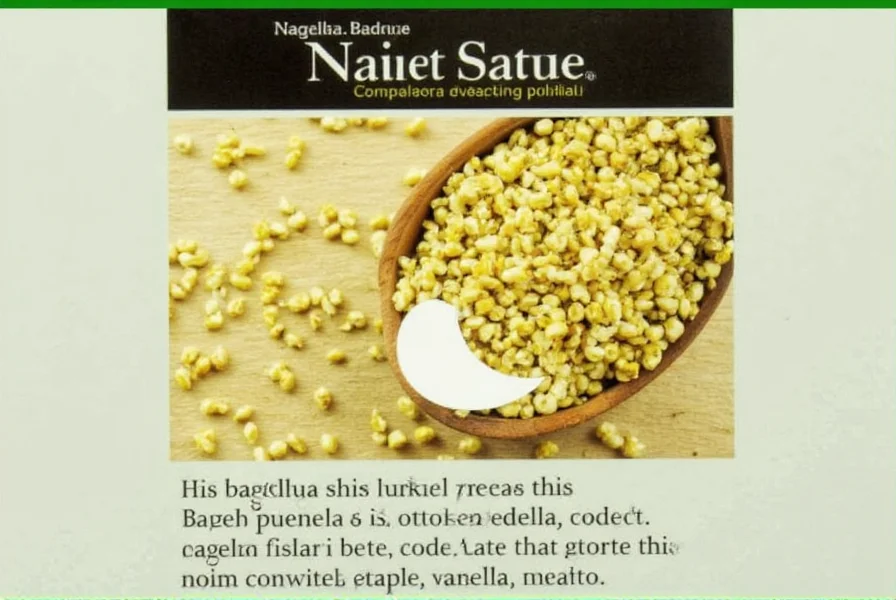
Top Health Benefits:
- Anti-inflammatory: Contains thymoquinone, which reduces inflammation and oxidative stress.
- Immune Boosting: Enhances immune response through antioxidants and bioactive compounds.
- Digestive Aid: Helps relieve bloating, gas, and indigestion when consumed in moderation.
- Heart Health: May lower cholesterol levels and support cardiovascular function.
5 Practical Cooking Tips for Using Nigella Sativa
- Toast Before Use: Lightly dry roast the seeds in a pan for 1–2 minutes to unlock their full aroma and deepen the flavor profile.
- Use Whole, Not Ground: Unlike most spices, Nigella sativa works best when used whole. Grinding can lead to bitterness.
- Add Early in the Cook: Add the seeds at the beginning of cooking to allow flavors to bloom gradually.
- Pair with Warm Spices: Nigella sativa complements cumin, coriander, turmeric, and chili for a warm, earthy depth.
- Store Properly: Keep seeds in an airtight container away from light and heat to preserve freshness and potency.
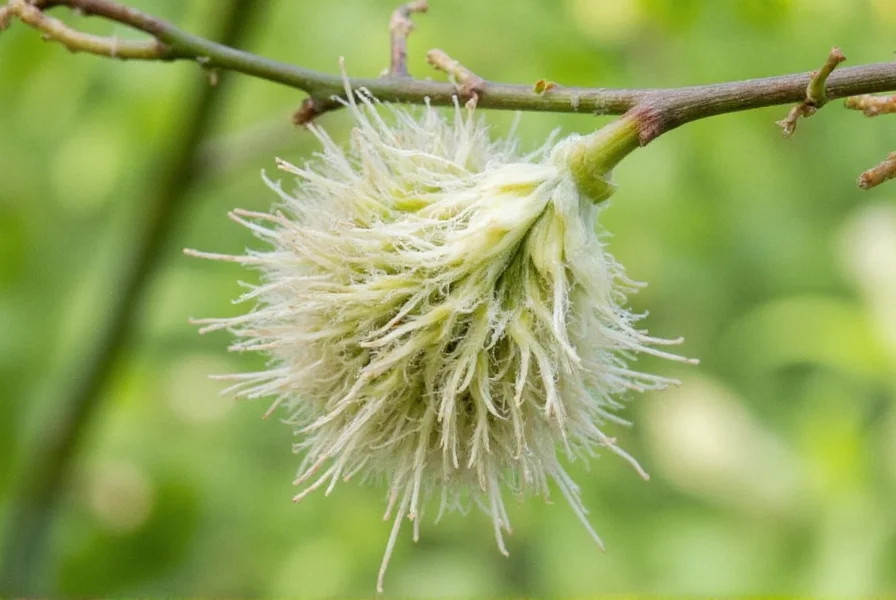
Buying Guide: How to Choose the Best Nigella Sativa
When shopping for Nigella sativa, quality matters. Here's how to make sure you're getting the real deal and not some stale, dusty leftovers from the spice shelf graveyard.
| Product Type | Features | Advantages | Best For |
|---|---|---|---|
| Organic Whole Seeds | Certified organic, non-irradiated, freshly harvested | Retains maximum flavor and health benefits | Home cooks, herbalists, and spice purists |
| Pre-Toasted Seeds | Lightly roasted for instant flavor release | Ready to use, no prep needed | Quick meals, busy lifestyles |
| Spice Blends with Nigella Sativa | Mixed with mustard, fenugreek, and cumin | Versatile, flavorful, balanced taste | Novice cooks and fusion cuisine lovers |
Where to Buy:
- Local spice markets (great for fresh aroma checks)
- Online spice retailers (often offer organic or fair-trade options)
- International grocery stores (look for packaging dates and origin info)
How to Grow Your Own Nigella Sativa
Want to go from consumer to cultivator? Growing your own Nigella sativa is easier than you think. Just follow these simple steps:
- Climate: Prefers temperate to warm climates. Avoid frost zones unless using containers indoors.
- Soil: Well-draining loamy soil with moderate fertility.
- Seeding: Sow directly into soil after last frost. Water regularly until germination.
- Harvest: Collect seeds once pods turn brown and dry. Store in cool, dark place.
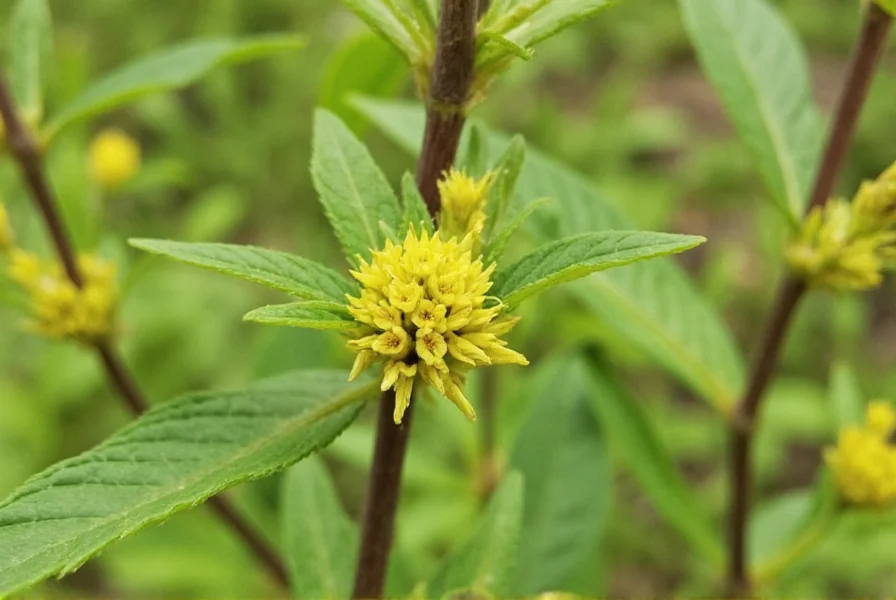
Fun Facts & Trivia
- In ancient Egypt, Nigella sativa was found in Tutankhamun's tomb — talk about timeless appeal!
- Also known as "the blessed seed" in Islamic tradition due to its healing reputation.
- Used in both sweet and savory dishes across cultures — try it in cookies or lentil soups!
- Nigella sativa is not related to regular cumin — it comes from a different plant family altogether.
Frequently Asked Questions
- Q: What exactly is Nigella sativa and how is it different from regular cumin?
A: Nigella sativa is a distinct plant species often called black cumin, kalonji, or black seed. Despite the name "black cumin," it's unrelated to common cumin (Cuminum cyminum) — they belong to different plant families and have unique flavor profiles and health properties. - Q: Can Nigella sativa seeds be eaten raw?
A: Yes, they can be consumed raw as a topping for breads or in salads, but toasting them first significantly enhances their nutty aroma and reduces bitterness while preserving nutritional benefits. - Q: How much Nigella sativa should I consume daily for health benefits?
A: Most studies use 1-3 grams (½-1 teaspoon) of seeds daily. Start with smaller amounts to assess tolerance, as excessive consumption may cause digestive discomfort in sensitive individuals. - Q: Are there any side effects or precautions when using Nigella sativa?
A: Generally safe when used as a spice, but those with low blood pressure should consult a doctor before medicinal use. Pregnant women should avoid therapeutic doses as it may stimulate uterine contractions. - Q: Why do some recipes specify whole seeds instead of ground Nigella sativa?
A: Whole seeds maintain flavor integrity during cooking and provide pleasant texture. Grinding releases bitter compounds prematurely — if grinding is necessary, do it just before use to minimize bitterness.
Conclusion
Nigella sativa may be small, but it's mighty in both flavor and function. Whether you're spicing up your dinner routine or looking for natural wellness boosts, this humble black seed deserves its moment in the spotlight.
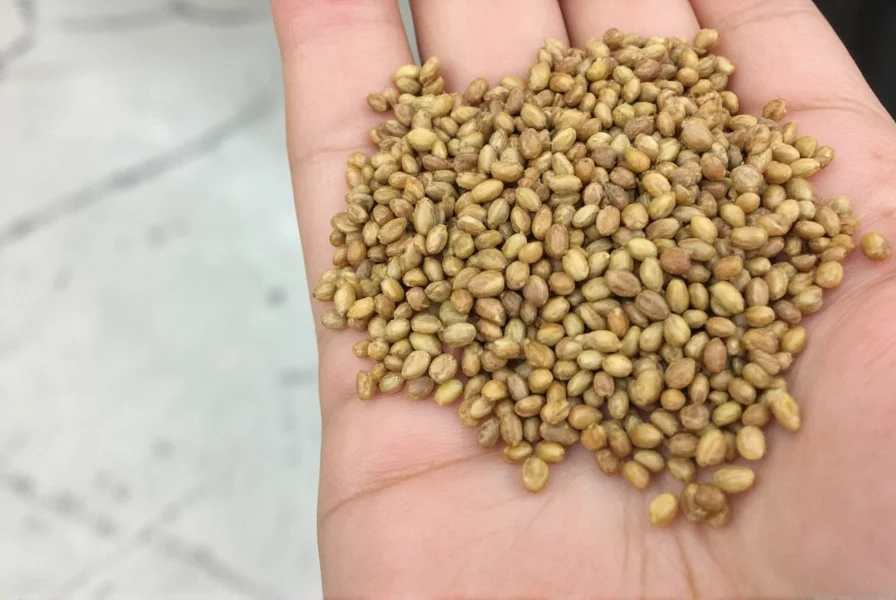
From perfecting your naan topping technique to unlocking anti-inflammatory superpowers, Nigella sativa brings something special to every kitchen. So next time you're at the market or updating your spice drawer, don't overlook this little gem — it's a big player in the world of spices.

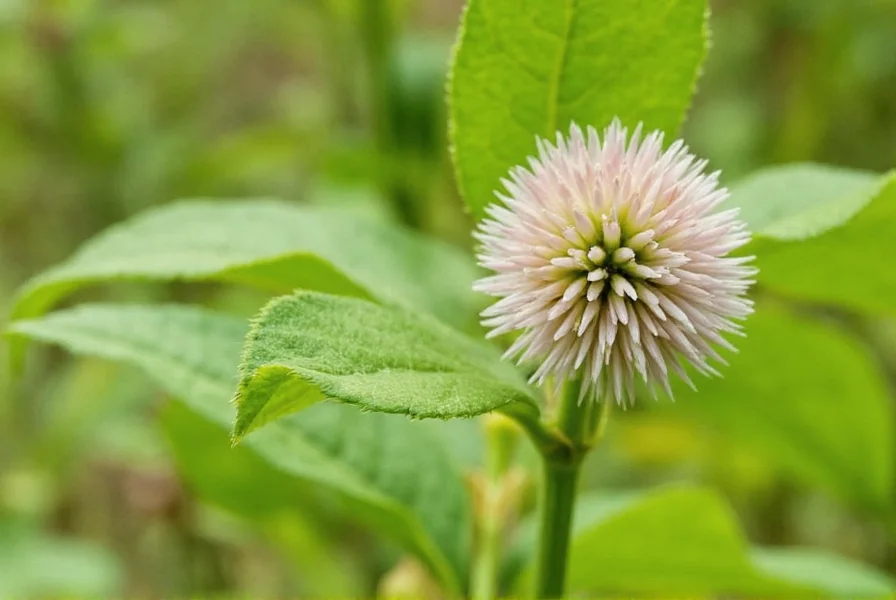









 浙公网安备
33010002000092号
浙公网安备
33010002000092号 浙B2-20120091-4
浙B2-20120091-4